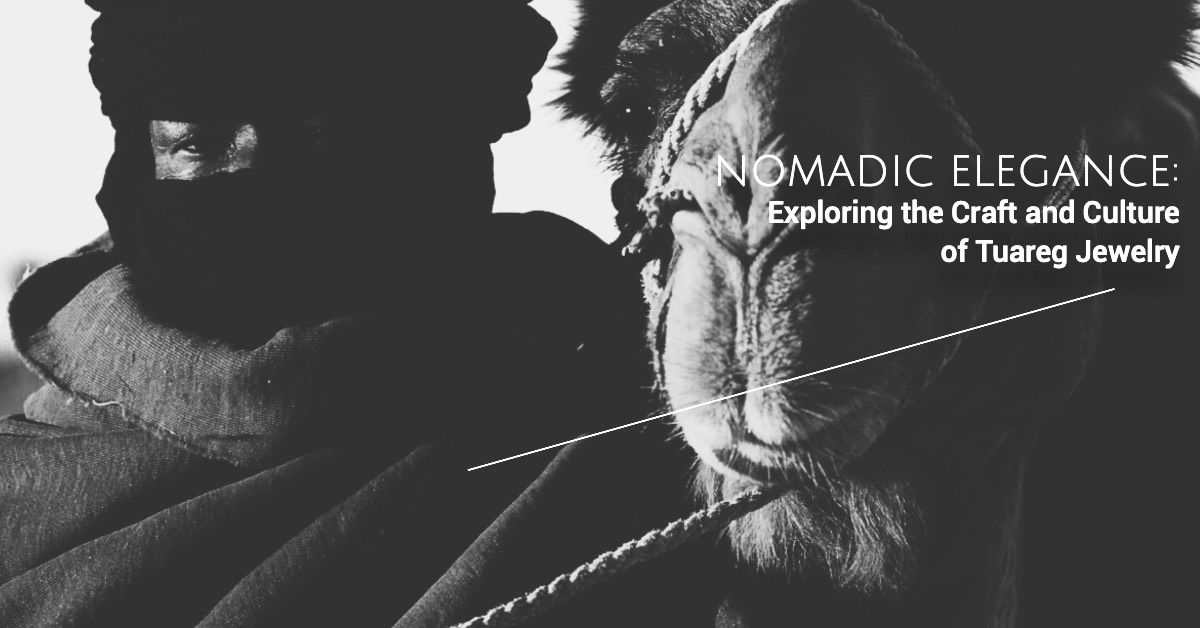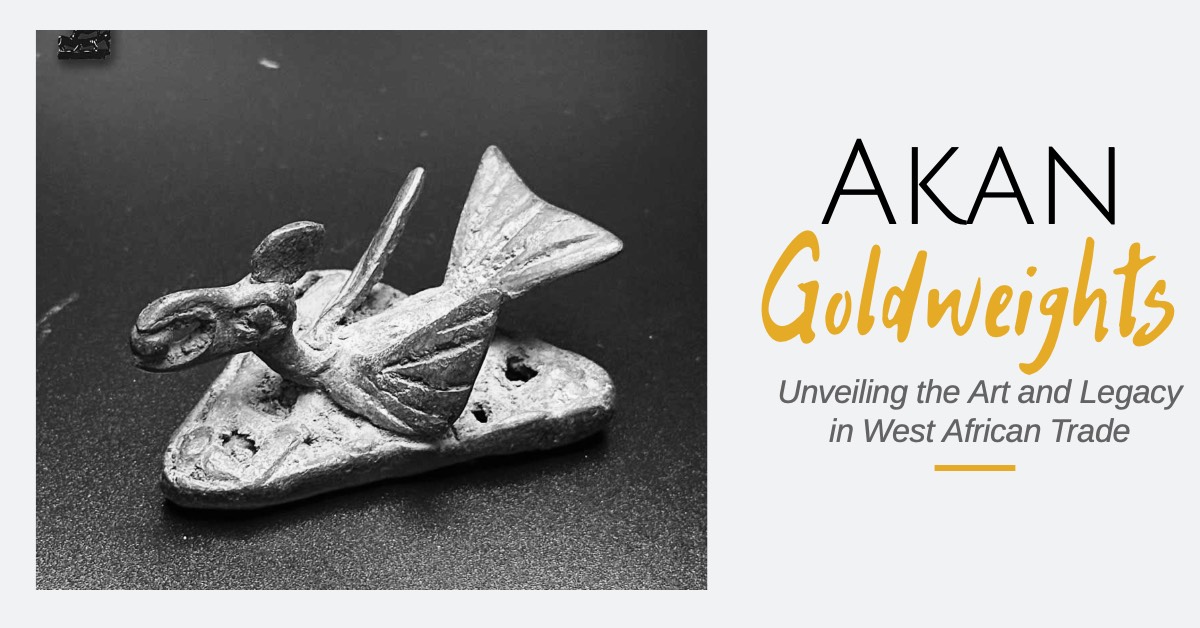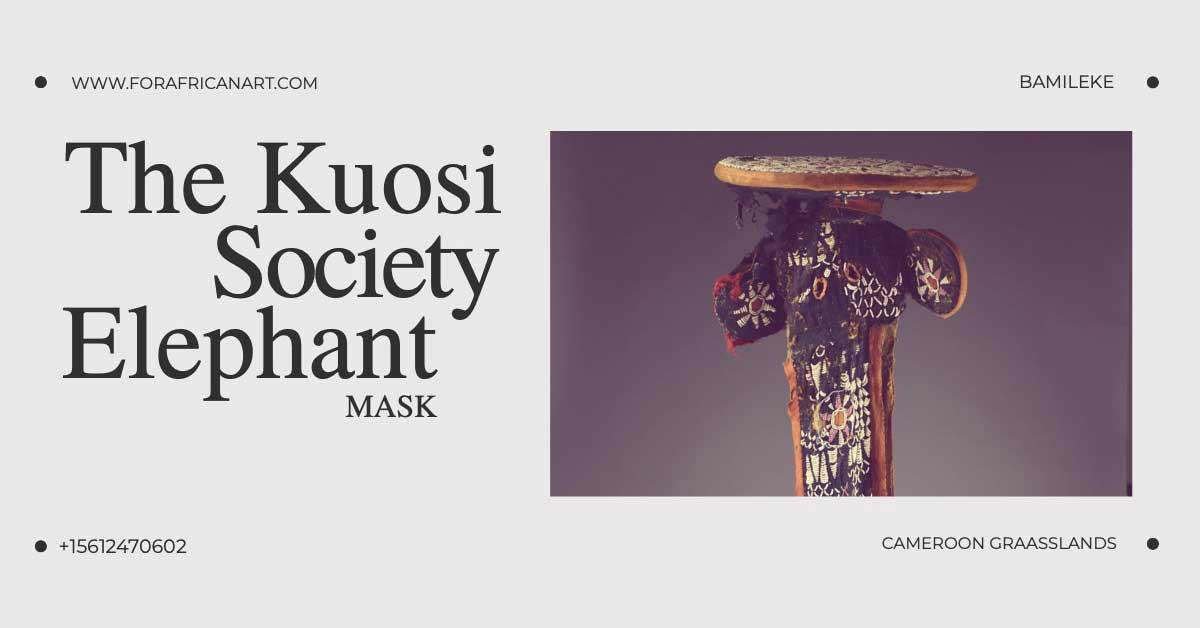Lobi Bateba
Lobi Bateba
Understanding the Lobi Bateba
The Lobi Bateba art is a form of African art that is central to the Lobi culture, an ethnic group found in Burkina Faso. These fascinating figures often have intricate carvings and details that signify their varied functions and roles in society. In this blog post, we will be taking a deep dive into the different categories of Bateba figures, from the normal and ordinary figures to the unusual and extraordinary ones.
Bateba Phuwe
The Lobi Bateba Phuwe, also known as the normal or ordinary Bateba, is one of the most common types of Bateba figures. These figures usually have no specific defining posture and are often depicted with arms straight down and looking straight ahead, with a grim look on their faces. The figures can have a variety of different functions, such as being used in divination rituals, as grave markers, or even as household guardians.
Bateba Ti Bala
The Bateba Tl Bala, also known as the unusual or extraordinary Bateba, has three subcategories – the Thil Dokra, Betise, and maternity figures. Thil Dorka figures are carved with two heads, symbolizing deities whose ability to see in several directions at once makes them exceptionally dangerous and powerful. Betise figures depict a man and a woman making love (the man always positioned behind the woman) and are prescribed for single men or women who wish for a child or to avoid sterility. Lastly, maternity figures, also known as the Bateba Kuddu, depict women with swollen bellies and are used in fertility prayers.
Bateba Yadawora
The Bateba Yadawora, also known as sad Bateba, is carved with a mourning expression or a hand touching the face. These figures are usually used to mourn for their owners or to depict the sadness and sorrow of the Senufo culture. They can serve as reminders for those who view them to take a moment to reflect on the fragility of human life.
Bateba Ti Puo
The Bateba Tl Puo, also known as dangerous Bateba, is often referred to as Bateba Duntundara. These figures are considered dangerous and are used to block entrance to harmful forces such as disease or witchcraft. They are often depicted with one or both arms held up to signify protection against negative energies.
Bateba Bambar
The Bateba Bambar, also known as paralyzed Bateba, depicts a seated man or woman with their legs stretched out in front of them. According to certain Senufo soothsayers, these protect children and the elderly from paralysis. These figures are usually used as talismans to prevent sickness and misfortune.
The Lobi Bateba to an African Art Collector
Lobi Bateba art is a fascinating form of African art with a rich cultural history. Each Bateba figure serves a different function, from being used in divination rituals to protecting homes from harmful energies. By understanding the different categories of Bateba art, we can gain a deeper appreciation for their complex and varied nature. For African art collectors, Bateba figures are a must-have for any collection as they represent not only the art itself but also the rich cultural heritage of the Senufo people.

Bateba Ti Puo
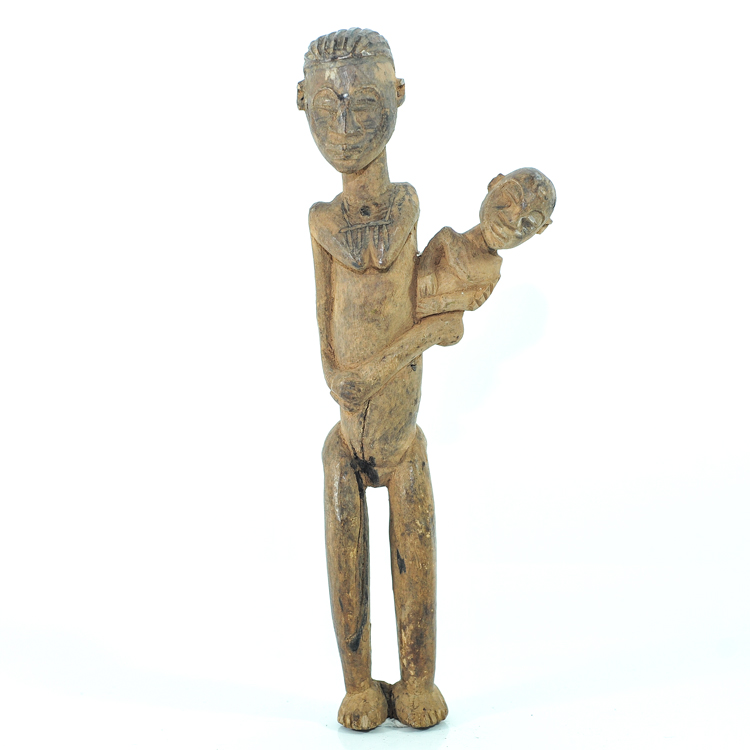
Bateba Ti Bala
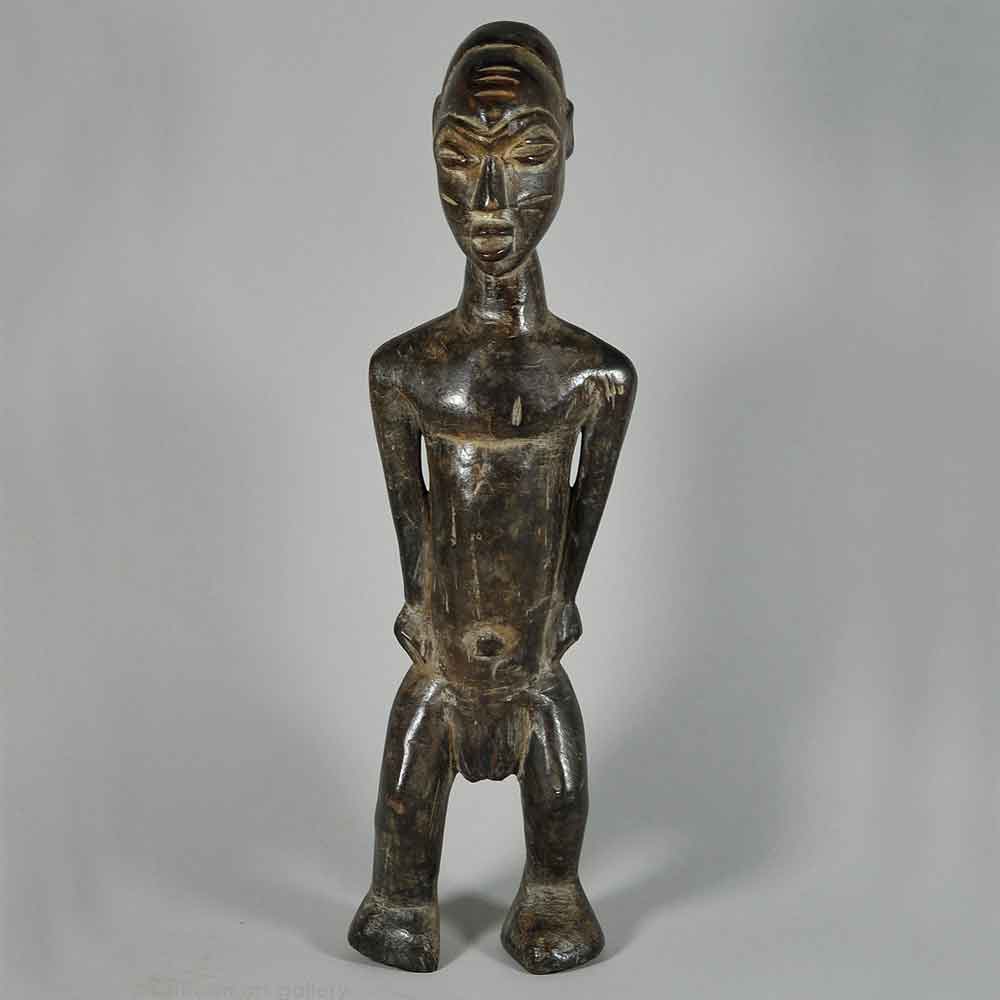
Bateba Phuwe
Get updates about our new items, news and information.
We will process the personal data you have supplied in accordance with our privacy policy.


